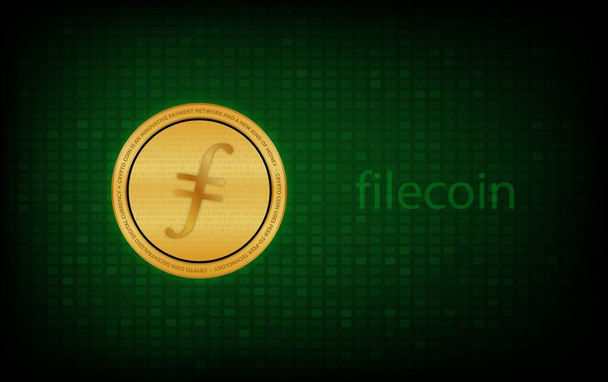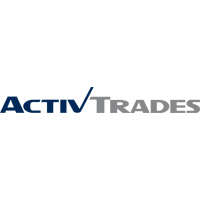Filecoin has firmly established itself as the leader in decentralized storage, maintaining a significant edge over its competitors, particularly in terms of revenue generation. However, despite this dominant position, the platform has experienced a notable revenue decline in 2024 compared to the previous year. This downturn comes as Filecoin faces growing competition not only from traditional storage giants like Amazon Web Services and Google Cloud but also from decentralized alternatives such as Arweave and Siacoin. As the decentralized storage space evolves, Filecoin must navigate these competitive pressures while maintaining its leadership position.

Juan Benet: The Architect of Decentralized Storage
Juan Benet, an innovative entrepreneur, saw potential in the unused hard drive space of internet-connected computers. He envisioned a system where users could rent out this storage as a cheaper alternative to traditional cloud providers. In his 2014 white paper, “Filecoin: A Cryptocurrency Operated File Storage Network,” Benet introduced the idea of a decentralized file system powered by cryptocurrency, rewarding users for offering storage.
In 2015, his company, Protocol Labs, launched the InterPlanetary File System (IPFS), a peer-to-peer protocol challenging centralized web systems. A major breakthrough came in 2017 with Filecoin’s ICO, raising over $200 million, signaling strong investor support. The Filecoin mainnet went live in 2020, fulfilling Benet’s vision and becoming one of the leading decentralized storage platforms.
For crypto investors, Filecoin’s rise shows blockchain’s transformative potential. Yet, as competition grows, its ability to maintain market dominance remains uncertain.
Active Deals:
Since Filecoin does not provide Daily Active User data, “Active Deals” serves as a useful alternative for tracking network activity. Active Deals represent ongoing contracts between storage providers and clients on the Filecoin network. According to Messari’s Q2 2024 report, the average number of Active Deals stood at 1.7K, slightly down from 1.9K in Q1 2024. While this dip is minor, the overall long-term trajectory shows steady growth.
Fees and Revenues:
Filecoin has developed a sustainable revenue model that leverages various protocol fees, including gas fees and penalties imposed on storage providers who fail to meet contractual obligations. Messari reports that Filecoin’s revenue jumped by 145% from Q1 2024 to Q2 2024, reaching $4 million. However, this figure remains significantly lower than Q2 2023, when the protocol generated over $10 million in revenue.
Market Capitalization:
With a market cap of $7.7 billion, Filecoin is the largest storage token by market value, followed by ICP at $4.2 billion. Although Filecoin’s market cap is below its peak levels in 2024, it still reflects a 20% increase from the previous year. The platform continues to outperform its decentralized storage rivals, such as Arweave ($1.6 billion) and Siacoin ($245 million).

Source: create.vista.com
Market Analysis
Target Audience and Market Potential: Filecoin aims to disrupt the traditional storage market by focusing on users seeking decentralized alternatives. It appeals to a diverse range of customers, from individuals to businesses, within a growing market that is increasingly turning to cloud and decentralized storage solutions.
Problem Solved: The platform tackles the issue of centralized control in digital storage by offering a decentralized alternative, where users can either rent or purchase storage space. This model breaks the monopoly held by centralized providers, offering more choice and control over data.
Customer Base: Filecoin’s customer base is wide-ranging, catering to both individuals and enterprises looking for cost-effective, decentralized storage solutions. It offers flexibility, making it accessible to users with various storage needs.
Value Proposition: Filecoin users gain access to decentralized storage with enhanced security and freedom from censorship at competitive rates. Additionally, users can participate in the network by providing storage services in exchange for FIL tokens, creating a decentralized ecosystem with mutual benefits.
Market Structure: As a decentralized storage provider, Filecoin operates within a market that is still in its early stages and fragmented, with several competing platforms emerging in the space.
Market Size: The global demand for data storage is immense, with the cloud storage market valued at over $100 billion. Filecoin stands to benefit as decentralized storage solutions become more mainstream, driving increased demand for its services.
Regulatory Challenges: Given its prominence in the decentralized storage industry, Filecoin faces significant regulatory scrutiny. The SEC has indicated that Filecoin’s native token, FIL, may be classified as a security, adding an element of risk for investors and participants in the network.
Investor Takeaway
Bull Case: As a pioneering player in the decentralized storage sector, Filecoin enjoys a first-mover advantage that, combined with its robust technological infrastructure, positions it to capitalize on the growing demand for decentralized storage solutions. The project’s backing by prominent investors such as Andreessen Horowitz, Sequoia Capital, and Union Square Ventures—who have collectively raised over $200 million—underscores strong institutional confidence in Filecoin’s long-term potential.
Bear Case: However, Filecoin faces significant hurdles that could impede its growth. Competition is intense, with established giants like Amazon Web Services, Google Cloud, and Microsoft Azure offering well-established, reliable storage solutions that dominate the market. Moreover, decentralized competitors like Arweave and Siacoin are aggressively vying for a share of the emerging market, further intensifying the rivalry.
Learn from market wizards: Books to take your trading to the next level

 Hot Features
Hot Features












